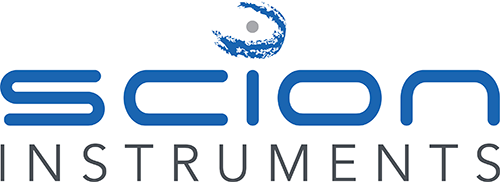Determination of 1,4-Dioxane in Water
Introduction
1,4-Dioxane is a synthetic industrial chemical stabiliser used for many different purposes such as paint strippers, greases and waxes. Historically, 90% of all 1,4-dioxane was used for the transport of chlorinated hydrocarbons in aluminium containers1.
This highly soluble clear ether does not readily bind to soils therefore it can easily leach into groundwater resulting in contamination of drinking water. Contamination of water supplies is vast in the USA with dioxane levels ranging from 2ppb to over 11,000ppb being detected at 67 different sites1. Critically, over 34 of these different locations have been deemed a national priority for the release of the contaminant/hazardous substance into the drinking water supply2. Due to being resistant in nature, 1,4-dioxane does not undergo natural bio-degradation processes.
The United States Environmental Protection Agency (US EPA) classified 1,4-dioxane as a likely carcinogenic to humans with common side effects including irritation to eyes, nose and throat with longer effects being liver and kidney damage1.
Federal screening levels and state health-based drinking water guidance values have been established however as of yet, no federal law has been determined. The guideline range is from 0.25ppb to 77ppb, with the average contamination ranging between 3-6ppb1.
Experimental
Instrumentation: Teledyne Tekmar Atomx Purge and Trap couple with a SCION Single Quad GC-MS
Software: SCION Mass Spectrometry Work Station
The analytical conditions of the GC-MS can be found in Figure 1.
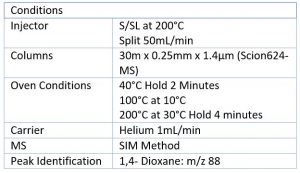
Table 1. Analytical conditions of GC-MS.
High purity water was gravimetrically spiked with low level concentrations of 1,4-Dioxane. Standards were prepared with a concentration range of 0.3ppb to 6ppb with the addition of fluorobenzene as an internal standard. Samples were prepared using the Atomx Sparge 5mL vessel with no heating unit installed on the purge and trap system.
Single Ion Monitoring (SIM) was used to identify m/z 88, the quantifier ion of 1,4-Dioxane.
Results
Table 2 shows the expected and actual values, peak area and associated levels of the spiked calibrators.
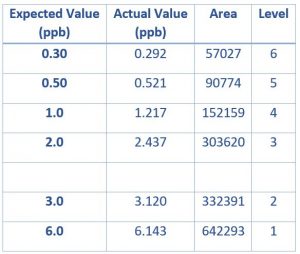
Table 2. Expected/actual values, peak area and associated calibrator level
The values shown in Table 2 were used to generate a calibration curve for 1,4-Dioxane. The R2 value of the 1,4-Dioxane was 0.9995 and was calculated using peak area vs ratio of standard to internal standard.
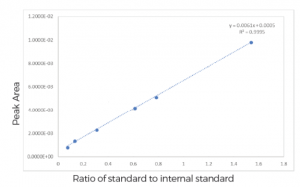
Figure 1. Calibration curve of 1,4-Dioxane
Fluoroebenzene, the internal standard used and 1,4-Dioxane had retention times of 5.94 minutes and 6.75 minutes, respectively, making this application extremely time efficient. Figure 2 shows the extracted ion chromatogram of 1,4-Dioxane at 0.3ppb, using m/z 88.
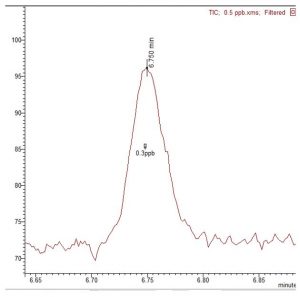
Figure 2. 1,4-Dioxane standard at 0.3ppb
Although the limit of detection (LOD) was not tested, the lowest standard of 0.3ppb yielded a S/N (RMS) of 11, this is indicating that the LOD would be considerably lower.
Conclusion
Using the highly sensitive, automated SCION GC-MS (SQ) coupled with the Teledyne Tekmar Atomx Purge and Trap, it was possible to detect low level concentrations of 1,4-Dioxane in drinking water. The simple yet reliable method demonstrates excellent sensitivity with low detection limits of 0.3ppb being easily quantified and distinguishable from the baseline. It is possible to increase the sensitivity of the system through the addition of a heating unit on the Atomx.
Download the Application Note
You can download a PDF of this application note here: Determination of 1,4-Dioxane in Water
The SCION GC-MS Analyser
A SCION GC-MS (SQ) was used during this research. Providing excellent solutions for Environmental, Oil and Gas and Chemical industries, find out more about Scion GC Analysers. Alternatively if you would like to discuss any specific requirements you may have simply contact us. We look forward to being of assistance.
